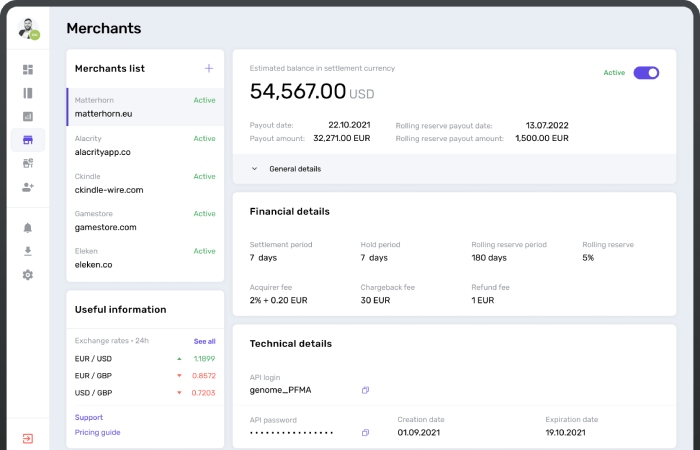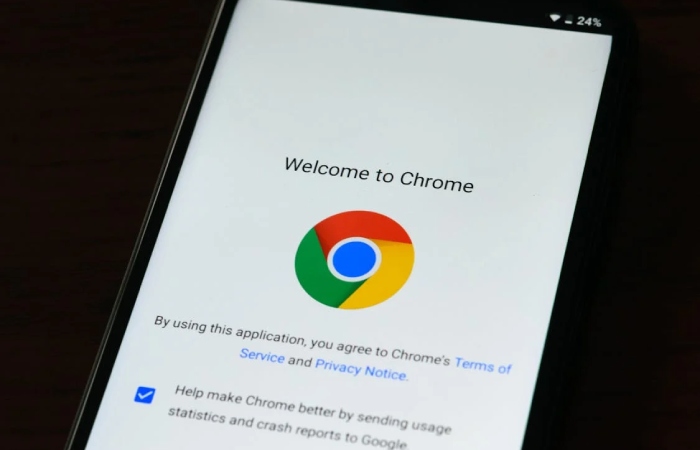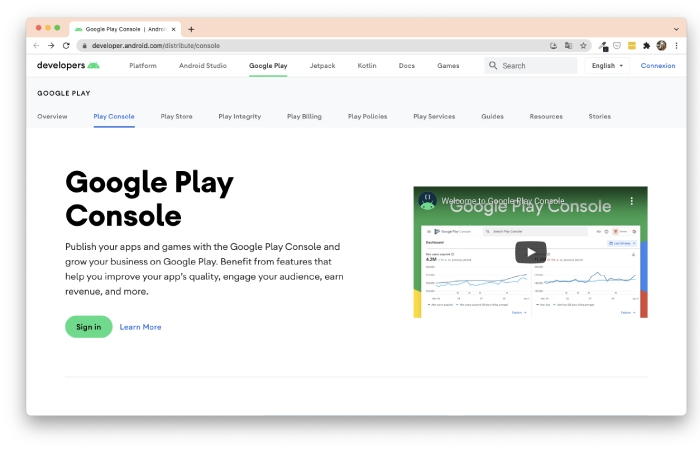Once the app development process is complete, it’s time to introduce your particular product to the world Play Store. The first message can be exciting and complicated. Don’t worry. Today, we will guide you through the process of launching on the Google Play Store, which is undoubtedly the frontrunner in the number of applications and users that have been published.
Create a Google Developer Account (Play Store)

Before listing the steps for publishing an Android application, we will stop at the preliminary work that precedes the publishing process. Creating a Google Designer account is something you can do early in the app development process.
Without creating a Google developer account, you cannot publish your application on the Play Market.
You can use one of your current Google accounts or create a new one to create a Google Developer account. It doesn’t matter if it’s a private or corporate account. You can quickly transfer your application to another in the future.
The creation process comprises signing the Google Play Developer Circulation Agreement, adding some personal information, and paying a one-time registration fee of $25. There is nothing complicated. Just follow the instructions.
It usually takes no more than two days to get approval from Google. Don’t worry if you forget to add information. You can modify your account later.
Add a merchant account (Play Store).

Create a Google merchant account to sell paid apps or in-app purchases. You can manage app sales and your once-a-month payments and analyze sales reports there.
Once the merchant profile is created, the developer account is automatically linked.
Prepare the documents (Play Store)
Paperwork always requires a lot of effort, especially regarding any legal document. Based on our experience, we strongly recommend that you prepare the End User License Agreement (EULA) and Privacy Policy in advance.
You can take documents from similar applications as a reference and create your own based on them, or ask a lawyer to do everything from scratch Play Store.
The EULA is an agreement between you as the owner and user of your product. In summary, it contains:
- What users can do with the app and what they are not allowed to do
- License fees
- Information on intellectual property, etc.
Terms of Use or Terms and Situations explain what services you offer users and how you expect them to behave in return. Although Google does not require terms of use, it is best to publish them. Create a document and add the Privacy Policy and Terms of Use chapters.
Be sure to include the following information in the privacy policy:
- A complete list of personal data collected, processed and used via the application
- Technical information collected about the device and installed operating system
- Functional characteristics of the application, its free and paid features.
- Place of business registration and location of the copyright owner of the application
- The chosen legal system and legislation will be applied to resolve disputes and regulate legal relations.
- Subscription conditions.
- Citizenship (residence) of the vast majority of application users.
- Age criteria, presence of specific content.
Study Google Developer Policies (Play Store)

We assume that you have already invented the concept of your product. Now is the time to ensure that any features you implement in the app align with Google’s developer policies.
These documents explain how mobile applications should be developed, updated, and promoted to meet the store’s high-quality standards. Ensuring that your app does not violate any policies is one of the crucial steps for successful publishing.
If Google decides that your product violates specific chapters of the policy, it may be rejected, blocked, or even deleted from Google Play. Additionally, numerous and repetitive violations may result in the termination of the developer’s account.
So carefully study all the information available on:
- Definition of Restricted Content
- App Store listing and promotion
- Identity theft and intellectual property
- Monetization and advertising rules.
- Privacy, Security, and Deception Regulations
- Spam and minimal features
Google is continually working on its policies, and it’s essential to monitor changes and stay informed even after your Android app launches.
Technical requirements (Play Store)

It has gone through the development process, endless testing, and bug fixes, and finally “day X” arrives. Before proceeding with the download process, you need to check the following points:
· Unique Bundle ID
The package name should be appropriate for the lifespan of your application. You cannot modify it after distribution. You can configure the package name in the application manifest file.
· Launch a signed application with a signing certificate (Play Store)
Each application must be digitally signed with a developer certificate. The certificate identifies the author of an application and cannot be regenerated.
· The App Size
Google has set the download file size limit: 100 MB for Android 2.3 and above (API level 9-10, 14 and above) and 50 MB for lower Android versions.
You can always switch to APK extension files if your app exceeds this limit.
· The File Format
Google accepts two possible version formats: app bundle and .apk. However, .aab is preferred. You must sign up for Google Play App Signing to use this format Play Store.
You can learn more about the practical requirements of application files in the developer documents and the guide to preparing for release Play Store.
Creating the App on the Google Console (Play Store)

You now have the file ready to download. It’s time for the fun part. Let’s create a new application in your developer account:
- Go to the All Apps tab in the menu
- Now select Create app
- Choose the default app language from the drop-down menu
- Add a brief description of the app (you can edit it later)
- Tap Create
After that, you will be redirected to the store admission page, where we will add comprehensive data about the application.
Store listing
First of all, let’s prepare the list of stores. It contains the most essential and valuable data for App Store Optimization (ASO) and stretches users more details about your app before downloading it. Mandatory sections are marked *.
This may require some design and drafting effort, so preparing the following documents in advance is best.
· Product Description
It comprises a title of your application (up to 50 symbols), a brief explanation (up to 80 symbols), and a full description (up to 4,000 symbols). Control yourself, and don’t overdo it with keywords.
· Screenshots
You can add 2 to 8 screenshots. Choose the ones that show off the app’s features and value them the most.
The requirements are the following:
– 24-bit JPEG or PNG (no alpha)
– from 320px to 3840px
– the ratio between the long side and the short side must not be more than 2:1
· Icon
The requirements are as follows:
– 512px by 512px
– 32-bit PNG (with alpha)
– Maximum file size: 1024 KB
· Feature graphic
This optional marketing tool appears in different places on Google Play, such as on the home page.
The requirements are as follows:
– 24-bit JPEG or PNG (no alpha)
– 1024px x 500px
· Promotional video
You can enhance a link to your YouTube channel if you have promotional videos. This video will be shown before the screenshots on the app page.
· Keywords
You can select your app’s most relevant keywords from the list to improve ASO. There is no possibility to add custom tags.
· Location
If your app supports multiple languages, list them all and add translations of your app information. It is highly recommended that screenshots and localized images be included.
· Application type and categorization
First, through the drop-down menu, select the type of application: game or application. Then, choose the category your app belongs to. After downloading the APK from the Google Play Store, you can add a section to rate your content.
· Contact details
Here, you need to provide the contact information of the help desk. By filling out the website URL, email address, and phone number, you make it easier for users to contact you if necessary.
· confidentiality policy
Google needs you to add a link to the privacy policy we discussed above.
While editing the Play Store listing, you can pause at any time, click Save Draft, and complete this step later.
Conclusion
We hope these instructions will help you easily follow the publishing process, and soon, Google Play Store users can download your particular Android app.
But remember that the journey doesn’t end with publication. Running a mobile app requires continuous efforts to make it trendy; Otherwise, the competition will overshadow it Play Store.


